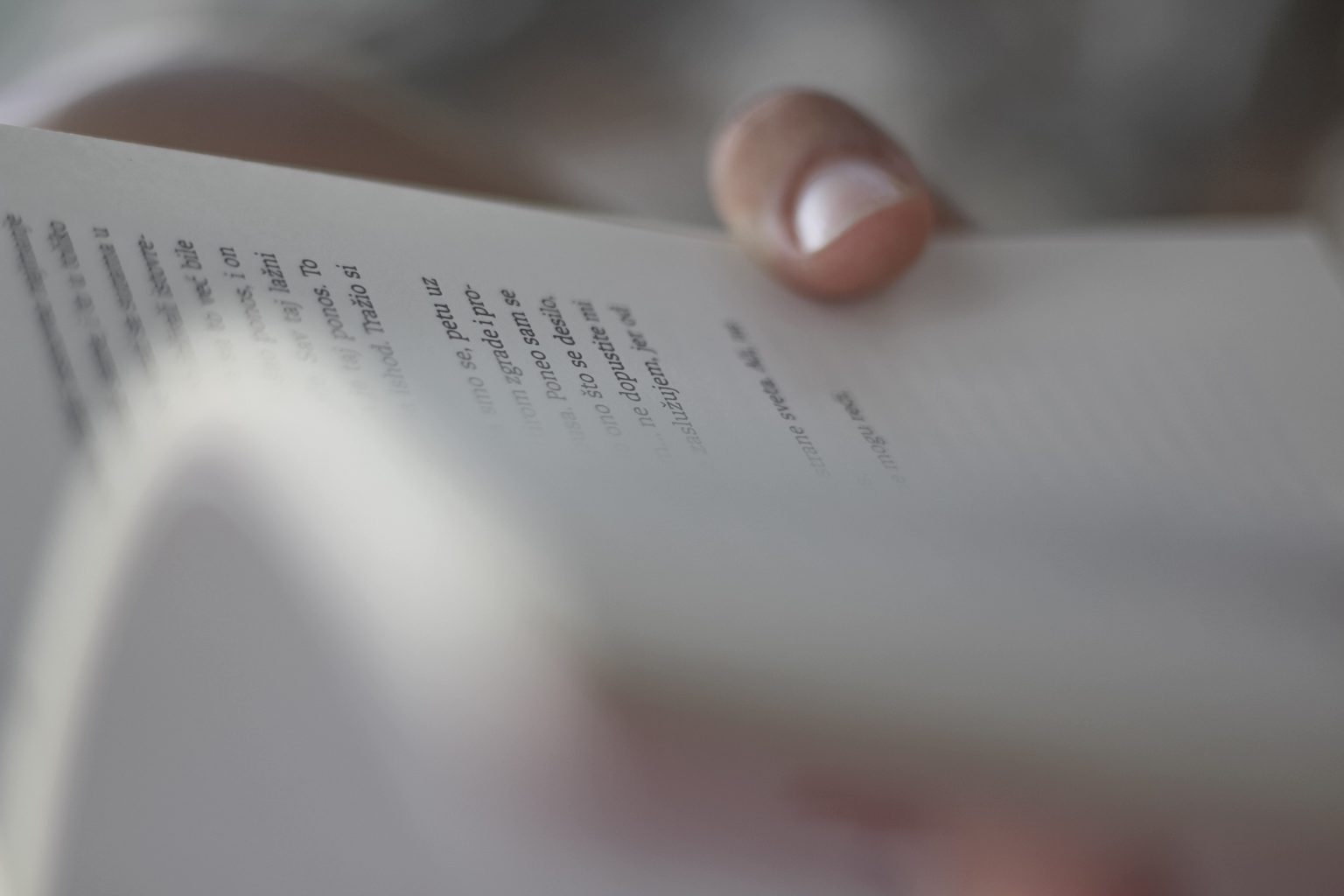One of the most challenging and exciting aspects of a career in UX is that it requires a broad skill set — encompassing technical ability, design-savvy, and a strong sense of both user and business needs. UX designers hail from a number of professional backgrounds, but they share a common thread: a talent (and love) for storytelling.
Whether he’s creating intuitive user pathways, helping inform marketing decisions, or working on a number of art projects, Filterati and UX designer Aaron Bowersock embodies this narrative-driven approach. For this week’s “Gimme 5,” we spoke with Aaron about the role of storytelling in UX design, the skills today’s UX designers should be honing, and how different types of creative endeavors can feed into one another.
Q: A passion for great stories seems to underlie everything you create. How does storytelling inform the UX design process?
I went to school for anthropology, which focuses on humanity’s ability to tell stories, and this background has definitely shaped how I view things. Whether it’s visual or written storytelling, a common goal is to present only what the audience needs to know and to edit out the rest.
In a UX project, we come in with certain goals in mind: what we want someone to experience, and how we want them to work through the steps of getting from A to B. To successfully guide the user on that journey, we need to view things from their perspective — asking questions like, “OK, given what I see, what would I do? Where would I go next?”
Every design is basically a choose your own adventure book, and our challenge is to understand and plan for the paths that users will want to take. To do this, we work with user personas: characters we make up based on our demographic and market research, and who we picture moving through the story with us. We build the experience around them, thinking carefully about many factors like their habits, needs, pain points, and preferences. If we’re designing correctly, then real people, not just personas, should be able to easily and intuitively follow the story we’ve created for them.
Q: You’ve mentioned that you love learning brand stories inside and out. When you start a new gig, how do you immerse yourself in the client’s brand?
Consume everything you can! Seriously, take the time to absorb any marketing materials, style guides, and other similar resources available to you. Take notes on language use, colors, ratios, photography, and really dissect a few pieces they’ve previously created. When you go to create something new for the company, this information will enable you to faithfully recreate their brand voice.

Filterati and UX designer Aaron Bowersock is passionate about storytelling in all its forms.
Even more importantly, ask questions and talk to people in your new environment. Brand consistency is critical to effective UX, so don’t be afraid to check in with the experts along the way to make sure you’re on the right track.
Q: What are the most important skills today’s designers should be cultivating?
One of the most valuable skills to develop is the ability to explain your thought process clearly and confidently. When presenting an idea, be prepared to defend your reasoning by talking about the trends, technical limitations, and logic that went into your design. Ultimately, this confidence is the key to getting the client on board with your design choices. At the same time, it’s important not to fall in love with your work. Not everyone will agree with your reasoning, and you’ll often have to make concessions — so it’s important to be flexible.
As a UX designer, it’s crucial to stay up-to-date with emerging trends and technologies. Keep in mind, though, that this knowledge is only beneficial if the user’ needs remain front and center. It’s human nature to be captivated by “the next big thing”; but if you place too much emphasis on the trends themselves, you can end up forcing a certain method into a project that doesn’t need it. Again, when it comes to UX, less is often more; so always ask yourself: is this element critical to telling the story, or does it just seem cool to have?
Q: Where did you get the inspiration for your awesome art project, PopMuertos?
On Instagram, there’s a month-long event called #Inktober, where any and all artists are encouraged to do one ink drawing for each day of the month of October. The Mexican holiday Dia de los Muertos (Day of the Dead) was coming up, and I had an idea. There’s a “Mexican-inspired” Pokémon named Ludicolo, a duck-cactus that wears a sombrero and poncho. According to his description, if Ludicolo hears festive music, all its muscles fill with energy. It can’t help breaking into a dance.
I thought that was the most ridiculous thing in the world, so I wanted to kick it up a notch and draw Ludicolo with Day of the Dead inspired elements. And PokeMuertos was born! I’ve since completed all 152 generation 1 Pokémon in this style, and have shifted the project to illustrating all the geeky, nerdy, pop-culture stuff I love — and I call it PopMuertos.
Q: Are there any ways your personal projects influence your professional work, or vice versa?
What’s cool about the career path I’m on, and that of many others like me is that my 9–5 work and my personal work grow hand-in-hand. What I learn at home, such as illustration techniques and technical tips in the programs we use, can be directly applied to projects in the office.
Likewise, I’m able to learn so much from colleagues and the design challenges we face in the office — and I’m not just talking about shared design knowledge. Working with companies of all sizes, I learn more and more about how teams function and communicate. This insight is very helpful when taking on personal client work. Designer by day, and a designer by night: as Michael Scott says, “it’s a win-win-win.”
Fall in love with Aaron’s imaginative creations at PopMuertos.com.






